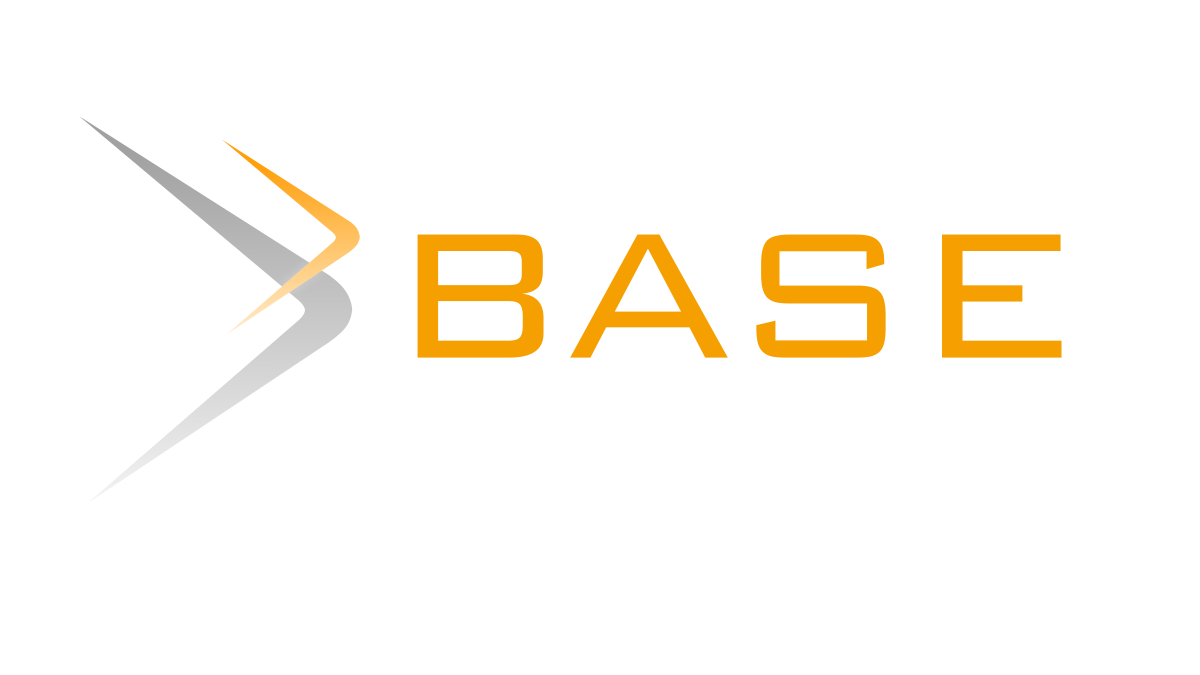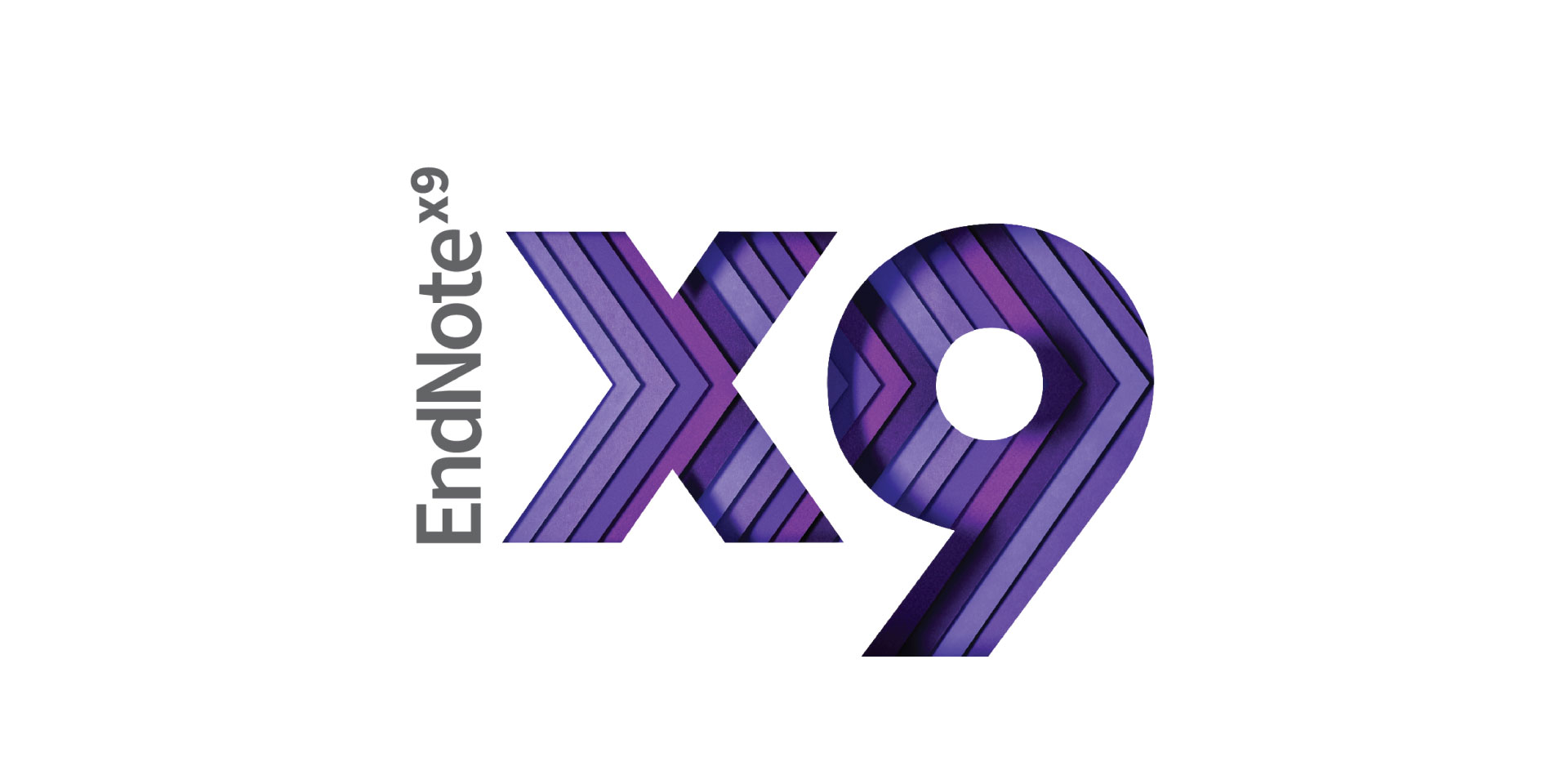The Influence of Instagram Social Media Marketing as a Promotional Means to Increase Intentions to Visit Tourist Destinations
DOI:
https://doi.org/10.35313/jmi.v3i2.70Keywords:
Social Media Marketing, Cognitive Destination Image, Affective Destination Image, Intention to VisitAbstract
Technological advances, mainly social media, can drive the increase in GDP. The ease, convenience, and practicality of consumers using social media create almost limitless opportunities for social media marketing in the travel sector. Tourism destination managers have widely used Instagram to promote their destinations by creating appropriate images. However, it is essential to understand the types of destination images that influence tourists. This research aims to understand the relationship between destination image and intention in social media marketing. This research also aims to determine which cognitive or affective destination description is more significant. This research involved 373 respondents who actively use Instagram and know tourism destinations' official social media accounts. The data was analyzed using PLS-SEM. This research finds that social media marketing significantly affects the intention to visit, affective, and cognitive destination images. Destination image also mediates the relationship between social media marketing and visitors' propensity to leave. The analysis findings also show that affective destination image is more effective than cognitive destination image in influencing visitor intentions. These results highlight the importance of considering emotional components when promoting tourist locations.
References
Abu-Rumman, H., & Alhadid, A. Y. (2014). The Impact of Social Media Marketing on Brand Equity: An Empirical Study on Mobile Service Providers in Jordan. Rev. Integr. Bus. Econ. Res, 3(1), 335. www.sibresearch.org
Afshardoost, M., & Eshaghi, M. S. (2020). Destination image and tourist behavioural intentions: A meta-analysis. Tourism Management, 81. https://doi.org/10.1016/j.tourman.2020.104154
Anuar, F. I., Zaid, A. A. A., Zabidi, I. Z., & Kamal, S. N. J. (2021). Young Tourists’ Trust in Instagram Travel Influencers and their Intention to Visit Travel Destinations. International Journal of Academic Research in Business and Social Sciences, 11(16). https://doi.org/10.6007/ijarbss/v11-i16/11236
Appel, G., Grewal, L., Hadi, R., & Stephen, A. T. (2020). The future of social media in marketing. Journal of the Academy of Marketing Science, 48(1), 79–95. https://doi.org/10.1007/s11747-019-00695-1
Balasubramaniam, B., Baloglu, S., & Mccleary, K. W. (1999). A Model of Destination Image Formation. www.elsevier.com/locate/atoures
Baloglu, S., & Mccleary, K. W. (2001). A Model of Destination Image Formation. www.elsevier.com/locate/atoures
Borden, N. H. (1964). The Concept of the Marketing Mix’. Journal of Advertising Research, 4(2), 2–7.
Buhalis, D. (2020). Technology in tourism-from information communication technologies to eTourism and smart tourism towards ambient intelligence tourism: a perspective article. Tourism Review, 75(1), 267–272. https://doi.org/10.1108/TR-06-2019-0258
Chan, C. S., Nozu, K., & Cheung, T. O. L. (2020). Tourism and natural disaster management process: perception of tourism stakeholders in the case of Kumamoto earthquake in Japan. Current Issues in Tourism, 23(15), 1864–1885. https://doi.org/10.1080/13683500.2019.1666809
Chang, L. H., Tsai, C. H., Chang, W. C., & Hsiao, U. U. (2015). Social media and travel behaviors. Advances in Hospitality and Leisure, 11, 137–152. https://doi.org/10.1108/S1745-354220150000011008
Chaulagain, S., Wiitala, J., & Fu, X. (2019). The impact of country image and destination image on US tourists’ travel intention. Journal of Destination Marketing and Management, 12, 1–11. https://doi.org/10.1016/j.jdmm.2019.01.005
Chen, Y. C., Shang, R. A., & Li, M. J. (2014). The effects of perceived relevance of travel blogs’ content on the behavioral intention to visit a tourist destination. Computers in Human Behavior, 30, 787–799. https://doi.org/10.1016/j.chb.2013.05.019
Cheng, T. M., & Lu, C. C. (2013). Destination Image, Novelty, Hedonics, Perceived Value, and Revisiting Behavioral Intention for Island Tourism. Asia Pacific Journal of Tourism Research, 18(7), 766–783. https://doi.org/10.1080/10941665.2012.697906
Cohen, E. (2007). Tsunami and flash-floods-contrasting modes of tourismrelated disasters in Thailand. Tourism Recreation Research, 32(1), 21–39. https://doi.org/10.1080/02508281.2007.11081521
Cohen, J. (1988). Statistical Power Analysis for the Behavioral Sciences (13th ed.). 12 Lawrence Erlbaum Associates Inc.
Currie, R. R., Wesley, F., & Sutherland, P. (2008). Going where the Joneses go: Understanding how others influence travel decision-making. International Journal of Culture, Tourism and Hospitality Research, 2(1), 12–24. https://doi.org/10.1108/17506180810856112
de la Hoz-Correa, A., & Muñoz-Leiva, F. (2019). The role of information sources and image on the intention to visit a medical tourism destination: a cross-cultural analysis. Journal of Travel and Tourism Marketing, 36(2), 204–219. https://doi.org/10.1080/10548408.2018.1507865
Elizabeth, E., Orleans Aponte, N., Bagnetto, P. R., Lucas, R., Orleans Ball, N., Belnap, M., Dean, W., Belvoir, F., Boles, V., Britton, F., Antonio, S., Cohen, T., Springs, S., Delaney, M., Brendan, T., Denley, M., Lamar, M., Denny, L., Witcher, B., … Louis, S. (1979). Pre-mature Closure of the Cranial Sutures. In Proc. Roy. Soc. Med (Vol. 68). http://archpedi.jamanetwork.com/
Fatanti, M. N., & Suyadnya, I. W. (2015). Beyond User Gaze: How Instagram Creates Tourism Destination Brand? Procedia - Social and Behavioral Sciences, 211, 1089–1095. https://doi.org/10.1016/j.sbspro.2015.11.145
Faulkner, B. (2001). Towards a framework for tourism disaster management. In Tourism Management (Vol. 22).
Feldkamp, J. (2021). The Rise of TikTok: The Evolution of a Social Media Platform During COVID-19. Digital Responses to Covid-19, 73–85.
Filieri, R., & McLeay, F. (2014). E-WOM and Accommodation: An Analysis of the Factors That Influence Travelers’ Adoption of Information from Online Reviews. Journal of Travel Research, 53(1), 44–57. https://doi.org/10.1177/0047287513481274
Fletcher, J., Cooper, C., Gilbert, D., & Wanhill, S. (2017). Tourism: Principles and practice. Pearson.
Fornell, C. G., & Larcker, D. F. (1981). Evaluating structural equation models with unobservable variables and measurement error.
Gaffar, V., Tjahjono, B., Abdullah, T., & Sukmayadi, V. (2022). Like, tag and share: bolstering social media marketing to improve intention to visit a nature-based tourism destination. Tourism Review, 77(2), 451–470. https://doi.org/10.1108/TR-05-2020-0215
Garson, G. David. (2016). Partial Least Squares: Regression & Structural Equation Models.
Ghozali, I., & Latan, H. (2015). Partial Least Squares Konsep, Teknik, Dan Aplikasi Menggunakan Program SmartPLS 3.0 Untuk Penelitian Empiris (2nd ed.). Badan Penerbit Universitas Diponegoro.
Gretzel, U. (2006). The transformation of consumer behaviour Cite this paper.
Hair, J. F. (2014). A primer on partial least squares structural equations modeling (PLS-SEM). SAGE.
Hair, J. F., Risher, J. J., Sarstedt, M., & Ringle, C. M. (2019). When to use and how to report the results of PLS-SEM. In European Business Review (Vol. 31, Issue 1, pp. 2–24). Emerald Group Publishing Ltd. https://doi.org/10.1108/EBR-11-2018-0203
Henseler, J. (2017). Partial Least Squares Path Modeling (pp. 361–381). https://doi.org/10.1007/978-3-319-53469-5_12
Horas Veyady Purba, J., & Fathiah, R. (2021). The Impact of Covid-19 Pandemic on The Tourism Sector In Indonesia. In Riset?: Jurnal Aplikasi Ekonomi, Akuntansi dan Bisnis (Vol. 3, Issue 1).
Jogiyanto, H. M. (2011). Konsep dan Aplikasi Structural Equation Modeling Berbasis Varian Dalam Penelitian. UPP STIM YKPN.
Jöreskog, K. G. (1971). Simultaneous Factor Analysis in Several Populations. Psychometrika, 36, 409–426.
Kahn, B. K., Strong, D. M., & Wang, R. Y. (2002). Information Quality Benchmarks: Product and Service Performance. In COMMUNICATIONS OF THE ACM (Vol. 45).
Kementrian Pariwisata dan Ekonomi Kreatif. (2022, February 16). Kontribusi sektor pariwisata terhadap PDB 2017-2021. Alinea.
Khan, M. J., Chelliah, S., & Haron, M. S. (2016). Medical tourism destination image formation process: A conceptual model. International Journal of Healthcare Management, 9(2), 134–143. https://doi.org/10.1080/20479700.2016.1142046
Kim, A. J., & Ko, E. (2012). Do social media marketing activities enhance customer equity? An empirical study of luxury fashion brand. Journal of Business Research, 65(10), 1480–1486. https://doi.org/10.1016/j.jbusres.2011.10.014
Kim, S. E., Lee, K. Y., Shin, S. Il, & Yang, S. B. (2017). Effects of tourism information quality in social media on destination image formation: The case of Sina Weibo. Information and Management, 54(6), 687–702. https://doi.org/10.1016/j.im.2017.02.009
Kim, S., Leht, X., & Kandampully, J. (2019). The role of familiarity in consumer destination image formation. Tourism Review, 74(4), 885–901. https://doi.org/10.1108/TR-10-2018-0141
Koo, C., Joun, Y., Han, H., & Chung, N. (2016). A structural model for destination travel intention as a media exposure: Belief-desire-intention model perspective. International Journal of Contemporary Hospitality Management, 28(7), 1338–1360. https://doi.org/10.1108/IJCHM-07-2014-0354
Lee, C. K., Lee, Y. K., & Lee, B. K. (2005). Korea’s destination image formed by the 2002 World Cup. Annals of Tourism Research, 32(4), 839–858. https://doi.org/10.1016/j.annals.2004.11.006
Leung, X. Y., Sun, J., & Bai, B. (2019). Thematic framework of social media research: state of the art. In Tourism Review (Vol. 74, Issue 3, pp. 517–531). Emerald Group Holdings Ltd. https://doi.org/10.1108/TR-05-2018-0058
Napoleon Cat. (2023, February). Instagram users in Indonesia.
Olivia, S., Gibson, J., & Nasrudin, R. (2020). Indonesia in the Time of Covid-19. Bulletin of Indonesian Economic Studies, 56(2), 143–174. https://doi.org/10.1080/00074918.2020.1798581
Öz, M. (2015). Social media utilization of tourists for travel-related purposes. International Journal of Contemporary Hospitality Management, 27(5), 1003–1023. https://doi.org/10.1108/IJCHM-01-2014-0034
Özdemir, G., & Çelebi, D. (2015). Reflections of Destinations on Social Media. Springer Proceedings in Business and Economics, 243–249. https://doi.org/10.1007/978-3-319-15859-4_21
Qu, H., Kim, L. H., & Im, H. H. (2011). A model of destination branding: Integrating the concepts of the branding and destination image. Tourism Management, 32(3), 465–476. https://doi.org/10.1016/j.tourman.2010.03.014
Regan, N., Carlson, J., & Rosenberger, P. J. (2012). Factors Affecting Group-Oriented Travel Intention to Major Events. Journal of Travel and Tourism Marketing, 29(2), 185–204. https://doi.org/10.1080/10548408.2012.648550
Richter, A., & Koch, M. (2007). Social Software-Status quo und Zukunft. http://www.unibw.de/wow5_3/
Ritchie, B. (2008). Tourism Disaster Planning and Management: From Response and Recovery to Reduction and Readiness. Current Issues in Tourism, 11(4), 315–348. https://doi.org/10.1080/13683500802140372
Rowley, J. (1998). Promotion and marketing communications in the information marketplace. Library Review, 47(8), 383–387. https://doi.org/10.1108/00242539810239543
San Martín, H., & Rodríguez del Bosque, I. A. (2008). Exploring the cognitive-affective nature of destination image and the role of psychological factors in its formation. Tourism Management, 29(2), 263–277. https://doi.org/10.1016/j.tourman.2007.03.012
Sano, K. (2015). An empirical study the effect of social media marketing activities upon customer satisfaction, positive word-of-mouth and commitment in indemnity insurance service. Proceedings International Marketing Trends Conference, 27.
Seo, E. J., & Park, J. W. (2018). A study on the effects of social media marketing activities on brand equity and customer response in the airline industry. Journal of Air Transport Management, 66(August 2017), 36–41. https://doi.org/10.1016/j.jairtraman.2017.09.014
Stepaniuk, K. (2015). The Relation between Destination Image and Social Media user Engagement – theoretical Approach. Procedia - Social and Behavioral Sciences, 213, 616–621. https://doi.org/10.1016/j.sbspro.2015.11.459
Stock, J. H., Borjas, G. J., Elgin, C., Basbug, G., Yalaman, A., Bisbee, J., Honig, D., Barrot, J.-N., Grassi, B., Sauvagnat, J., Noy, I., Doan, N., Ferrarini, B., & Park, D. (2020). Covid Economics Vetted and Real-Time Papers Dealing with Data Gaps New York City Neighbourhoods Simulation Policy Index Us Primaries and Covid Sectoral Effects Economic Risk by Country. https://portal.cepr.org/call-papers-
Stylos, N. (2019). Technological evolution and tourist decision-making: a perspective article. Tourism Review, 75(1), 273–278. https://doi.org/10.1108/TR-05-2019-0167
Sugiyono. (2011). Metode Penelitian Kuantitatif, Kualitatif dan R&D. Alfabeta.
Suhartanto, D. (2014). Metode Riset Pemasaran. Alfabeta.
Sultan, M. T., Sharmin, F., Badulescu, A., Gavrilut, D., & Xue, K. (2021). Social media-based content towards image formation: A new approach to the selection of sustainable destinations. Sustainability (Switzerland), 13(8). https://doi.org/10.3390/su13084241
Tuten, T. L., & Solomon, M. R. (2018). SocialMedia Marketing (3rd ed.). Sage.
Urn, S., & Crompton, J. L. (1990). Attitude Determinants in Tourism Destination Choice. In Annals $ Eurzsm Raearch (Vol. 17).
Volo, S., & Irimiás, A. (2021). Instagram: Visual methods in tourism research. Annals of Tourism Research, 91. https://doi.org/10.1016/j.annals.2020.103098
Wu, G., & Liang, L. (2021). Examining the effect of potential tourists’ wine product involvement on wine tourism destination image and travel intention. Current Issues in Tourism, 24(16), 2278–2293. https://doi.org/10.1080/13683500.2020.1828310
Xiang, Z., & Gretzel, U. (2010). Role of social media in online travel information search. Tourism Management, 31(2), 179–188. https://doi.org/10.1016/j.tourman.2009.02.016
Zhang, T. (2020). Co-creating tourism experiences through a traveler’s journey: a perspective article. Tourism Review, 75(1), 56–60. https://doi.org/10.1108/TR-06-2019-0251
Downloads
Published
How to Cite
Issue
Section
License
Copyright (c) 2023 Fadhilla Resta Fitri, Agustinus Februadi, Ade Muhamad Yuardani

This work is licensed under a Creative Commons Attribution-ShareAlike 4.0 International License.


















